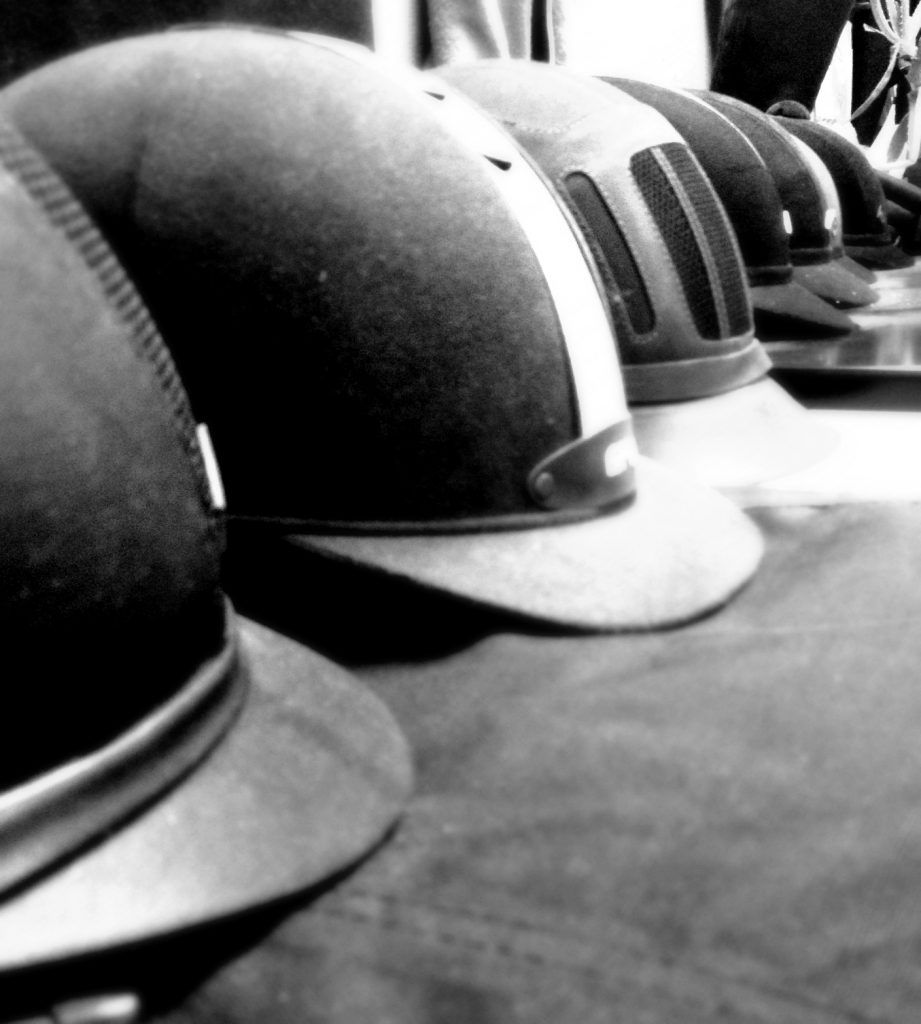 This Helmet Week, we were able to speak with Dean Moran, Program Manager at SEI, regarding helmet safety testing. He explained to us all about the standards, testing frequency, process and which helmet brands participate.
This Helmet Week, we were able to speak with Dean Moran, Program Manager at SEI, regarding helmet safety testing. He explained to us all about the standards, testing frequency, process and which helmet brands participate.
What does SEI stand for and how does it relate to the equestrian industry?
The SEI letters stand for Safety Equipment Institute. Riding helmets that have the SEI certification mark have successfully completed testing at SEI’s laboratory, and the manufacturer has passed a quality assurance audit at their facility.
How often do riding helmets get tested and certified?
Manufacturers sign an agreement with SEI to follow our requirements for certification. In addition to other requirements, they agree to be audited on an annual basis and have their product tested at an independent, accredited test laboratory on an annual basis. The SEI logo is trademarked, so we control who can use it.
SEI requires new manufacturers, or current manufacturers with new helmet models, to test those helmets prior to using the SEI logo. Equestrian helmet manufacturers are required to test all currently produced and certified helmet models once a year. We also require the manufacturers to conduct their own lot/batch testing during the year and this testing is verified by the SEI auditor during the annual audits.
Can you tell us more about the testing process?
SEI does not write standards, although we do participate on the standards writing committees. For initial certifications, manufacturers submit samples for testing. For annual certification, auditor(s) randomly select helmets from stock for testing. We currently test equestrian helmets to ASTM F1163-15. Five (5) helmet samples per size are required for testing. The tests are: 1) Retention System testing, 2) Impact Attenuation testing and 3) Positional Stability (roll-off) testing. The retention system test and impact attenuation test are conducted in four (4) different conditioning environments: ambient, hot, cold and wet. The positional stability test is conducted with the helmet in ambient condition.
How do ASTM and SEI work together?
Before July 1, 2016, SEI participated on various ASTM standards development committees. However, as of July 1, 2016, SEI is now a subsidiary of ASTM. As a result, SEI will still continue to provide input to the ASTM standards writing committees, however, SEI employees cannot vote on ASTM standards now. Like SEI, ASTM is a nonprofit organization dedicated to writing consensus standards. Anyone can participate in the standards writing process with ASTM.
Why it is so important to have manufacturers test and certify their products?
Products that have no certification process controls can vary in the quality of that product. The SEI certification process ensures that helmets that pass initial certification testing will continue to meet those requirements year after year. If the manufacturer makes any changes to their certified helmets, they are required to notify SEI and SEI determines what additional testing will be required for the change to the helmet. SEI maintains a website which lists all currently certified helmet models and sizes. In short, SEI certification provides an extra assurance to equestrian helmet users that when a manufacturer states that their product meets the ASTM standard, it indeed does.
How often are the standards updated? What usually drives changes?
ASTM standards are normally updated or revised at least every 5 years. Changes to the standards are driven by new technology, end user requests and/or complaints, or by the 5 year standards development cycle. (i.e., standards should either be reviewed every 5 years to determine if the standard should be 1) revised, 2) reaffirmed, or 3) withdrawn). ASTM requires that the tests included in new standards or standard revisions be back by scientific evidence and data.
Do you work with International standards such as EN, PAS?
SEI does not certify to European standards. However, equestrian helmets bearing the SEI mark are accepted in Canada and by many equine riding groups in the UK and Europe.
Do all helmet manufacturers participate in helmet certification?
SEI does certify about 95% of the helmets sold in the USA. The USEF requires ASTM/SEI helmets be worn by riders who participate in their competitions. There are still some “hunt” style caps that are sold in the USA that provide very little impact protection and consist of only an outer shell with fit pads.
